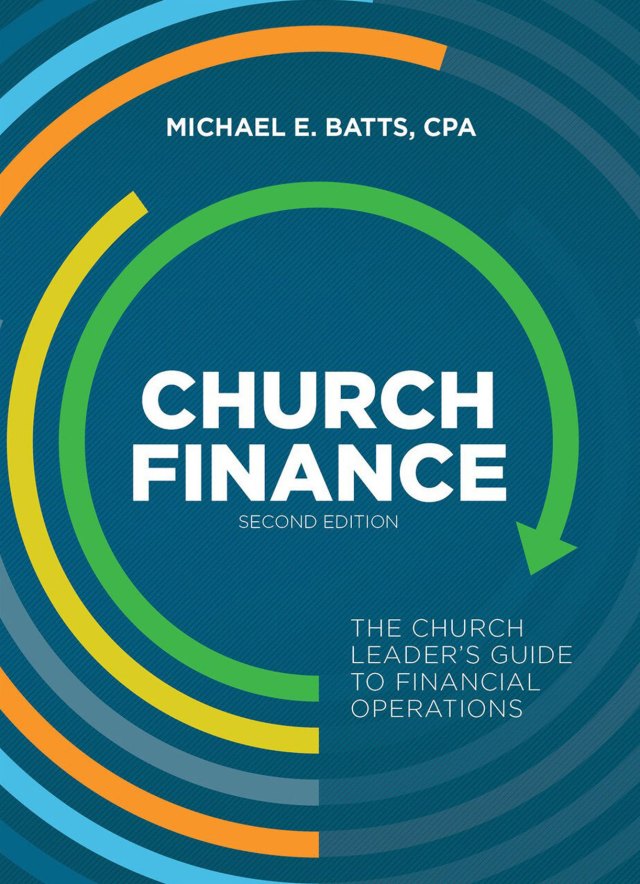Before the government rescued the banking industry (or at least what was left of it), anxiety was growing over whether local banks could be trusted with deposits. For churches that regularly deposit large amounts of cash and easily exceed the government’s threshold for insuring deposits, bank stability is a big issue.
Admittedly, the recent infusion of trillions of dollars into the investment sector will go a long way toward propping up failing branches. But how can you know if your bank is truly solvent? Churches often have large reserves on deposit at banks. Are there ways to mitigate the risk of losing your savings if your bank goes under?
Rate your bank
Mike Batts, president and managing shareholder of Batts, Morrison, Wales & Lee, PA, a Florida-based CPA firm dedicated exclusively to serving nonprofit organizations in the southern U.S., says there are important steps churches can take to safeguard their deposits.
First, churches can do a little homework to find out how their bank is rated.
“The FDIC (Federal Deposit Insurance Corporation) website provides a list of independent bank rating organizations that depositors may use to assess the financial health of any U.S. bank.”
Although the FDIC never releases its ratings on the safety and soundness of banks and thrift institutions to the public, there are private companies that provide their own ratings of these institutions. The FDIC listing gives you myriad companies you can contact to find out how your bank is faring in these tough times.
According to Batts, these ratings agencies base their analyses on, among other things, the detailed quarterly financial reports that banks are required to file with the Federal Reserve. The banks’ financial statements are subject to annual audits by external, independent auditors as well as periodic examinations by the FDIC and/or the Federal Reserve.
“In using the ratings systems, it is not wise to take the position that your bank is okay as long as it doesn’t have the lowest rating,” Batts cautions. “Depositors should question their relationship with a bank that has anything other than one of the highest ratings.”
Spread the Risk
Another way you can safeguard your church’s money is to find out if it’s part of the CDARS program. CDARS stands for Certificate of Deposit Account Registry Service.
“The CDARS program is an FDIC-approved program in which participating banks spread CD deposits for a depositor among each other in a way that limits the amount on deposit in any one bank to a level within the FDIC insurance coverage,” Batts says.
Depositors can sign a CDARS agreement at local participating banks or other financial institutions. By using the CDARS service, churches can access up to $50 million in FDIC protection on CD investments. Although deposits are spread out among many banks, customers receive one bank statement through the CDARS service. More information on this program is available at www.CDARS.com.
Evaluating your bank’s stability rating and divesting your church’s deposits through the CDARS program may not eliminate your anxiety over the economy, but these two steps can give you a measure of peace of mind as you faithfully manage your church’s resources.




